A front headlight and a moderately-priced rear blinker will work well if you’re daily commute or ride is under 20-30 minutes each way. If it’s any longer than that or if you frequently bicycle in an area that’s rainy and dark, we encourage you to check out our “kit.” Our kit consists of a collection of recommended lights, reflectors and accessories. The main goal is to make sure that your front headlight is powerful enough to be seen by opposing traffic when it’s dark out. The brighter the ambient light, the brighter the light(s) you’ll need to keep yourself visible. Rear blinkers generate 10-15 lumens. Although they might seem bright after dark, they will be more difficult to see on a bright day. Our top choice, the Bontrager Ion Pro tackles this challenge and comes out on the other side with a viable compromise to the daytime, night time light issue.
Batteries
Most bike lights are powered by rechargeable lithium batteries. Although there are benefits to lithium batteries, we typically use bike lights powered by conventional batteries. When you find models that continue to use conventional, replaceable batteries, don’t overlook the benefit of these types of lights even though they typically don’t throw off as much light. And, in most cases, lights that use conventional batteries are heavier than those than use rechargeable lithium batteries.
Mounting Your Lights
Lights can be mounted anywhere you think your bike will benefit from more visibility. We’ve mounted ours to handlebars, the bicycle frame, the seat post, helmet and to our wheel spokes. Helmet mounts are also helpful for night mountain bike rides, but we’ve always valued our helmet light during our nighttime bike commutes. This is even more the case when coupled with a strong bike headlight that has a complimentary beam pattern.
Brightness
Lights are rated in lumens, which measures the devices light output. We talk in great detail about lumens at the end of this article.
1. Bontrager Ion Pro RT/Flare RT Light Set
Buy on Trekbikes.com
Lumens: Headlight = 1300; Flare RT = 90 lumens
Key features: Extremely bright (1300 lumens), 12 hours of working time, IPX7 (waterproof), ANT+ and Bluetooth allows you to seamlessly connect to Garmin and Bontrager Transmitr devices.
Consider for a moment that 8 out of 10 bicycle accidents occur during the daytime. However, with the right illuminated devices or reflectors, you can almost triple your visibility and lower the odds of being in a daytime accident. Got your attention? Even though you’ll pay more for the Bontrager Ion Pro, there’s a lot to like if you are willing to pay a bit more for safety. Although they could have chosen to make yet another $40 headlight with mediocre features, Trek went back to the drawing board and re-engineered this device so that it can be dual purposed as a running daylight as well as a night light.
How did they do it? The Bontrager Ion Pro headlight is USB-rechargeable and has five modes for day and night and enough power to illuminate the full width of any trail. During the day, motorists, pedestrians and other cyclists will see you coming from a distance of almost 2 miles. The Ion Pro attaches with little effort to your handlebars or helmet and once attached, will withstand heavy vibration and extreme weather conditions. To help you more carefully manage your charge, the Ion Pro uses a “double-click on” switch that all but eliminates situations where you accidentally turn it on. And when you do reach the end of your charge, the unit kicks into a battery save move to extend the last 5% of your charge to help you get to where you’re going.
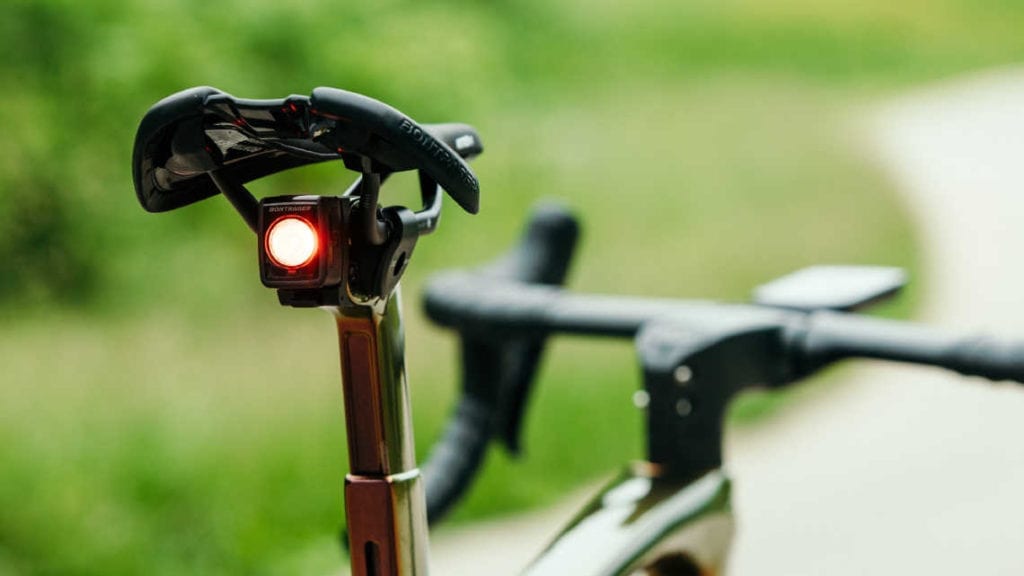
If you own a Flare R, the new Flare RT is almost 40% smaller than its predecessor, 30% more powerful, and has 20% more battery life. The Flare RT also has a new USB charging port, a built-in sensor to adjust the lumens based on the ambient light conditions and a lock mode to keep it in the preferred setting. And for those in wet environments, the Flare RT repels wind and rain like a champ with its IPX7 rating.
2. Brightroad Original LED Bicycle Rechargeable Light Set
Buy on Amazon
Lumens: 800
Key features: Extremely bright (800 lumens), 18 hours of working time, IPX6 (waterproof), aluminum body
The Brightroad light kit is one of the best options currently on the market. At 800 lumens, the Brightroad provides vision up to 650; even while moving at high speeds. Currently, this is also the top-rated bicycle light on Amazon with almost 150 mostly five-star reviews. Whereas most other bicycle lights are IPX5, the Brightroad is IPX6, which makes it highly water-resistant. In terms of charging, you charge the Brightroad (the headlight and the rear blinker) using a USB cord. The manufacturer describes the headlight as covering 85 degrees with five modes. The blinker has 3 modes and is also made of aluminum. Keep in mind that although Amazon’s website states the Brightroad will last up to 18 hours, they typically only last 2-3 hours when used in high mode. If you’re committed to a battery-powered bike headlight, you should consider the TeamObsidian (see review below).
3. Cycle Torch Shark 500 USB Rechargeable Bike Light Set
Buy at Amazon
Lumens: 500
Key features: 4 modes, USB powered
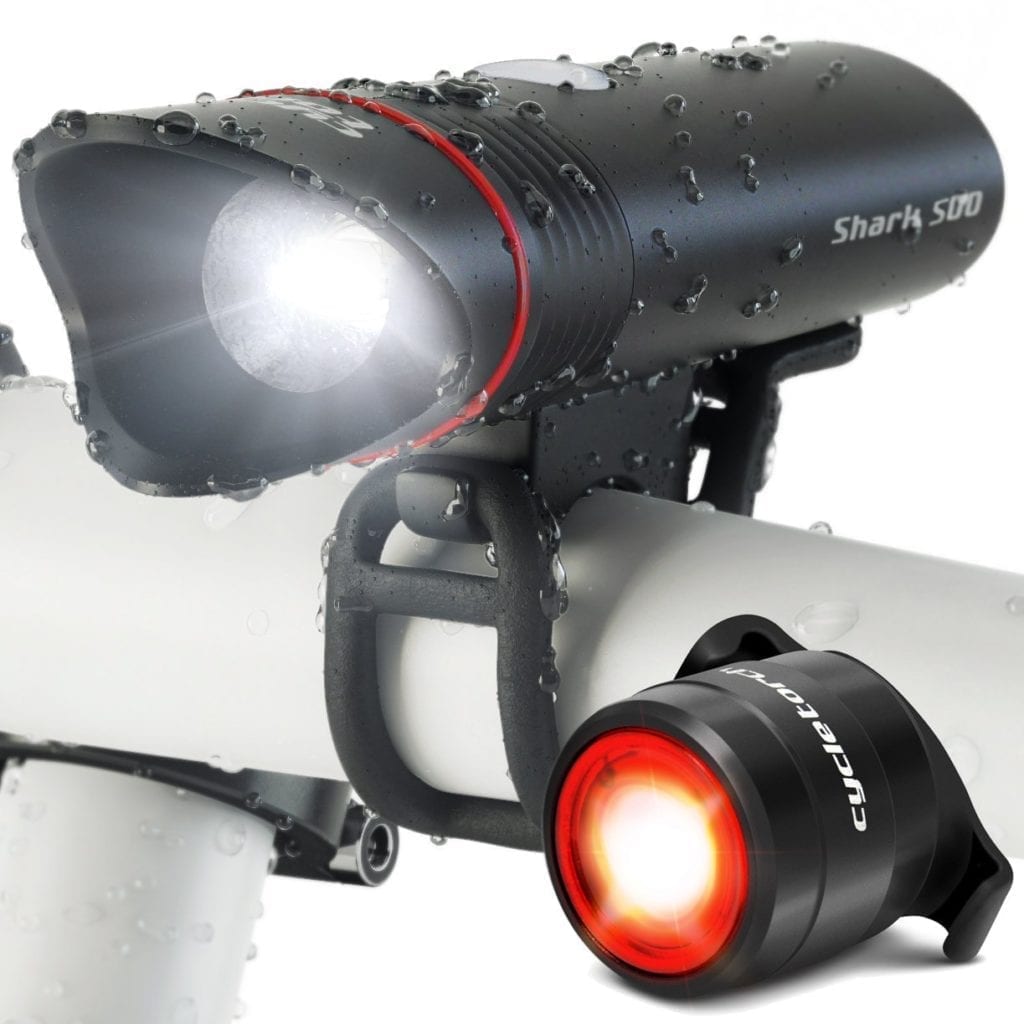
This is one of Amazon’s top bicycle lights and is charged via USB. This light comes with an automatic overcharge and discharge cut-off system. You’ll also get 2 USB cables so you can charge both simultaneously. Users report that while there are lights with higher lumens, the pattern of this light creates a more helpful field of vision that is both long and wide. The straps for each light are also easy to use compared to some other lights that don’t form fit handlebars. On a full charge, USB lights will typically last 2-4 hours depending on the mode used.
4. Blitzu Gator 320 USB Rechargeable Bike Light Set
Purchase at Amazon
Lumens: 320
Key features: Free tail light, swivels 360 degrees, 4 modes, water-resistant, detachable
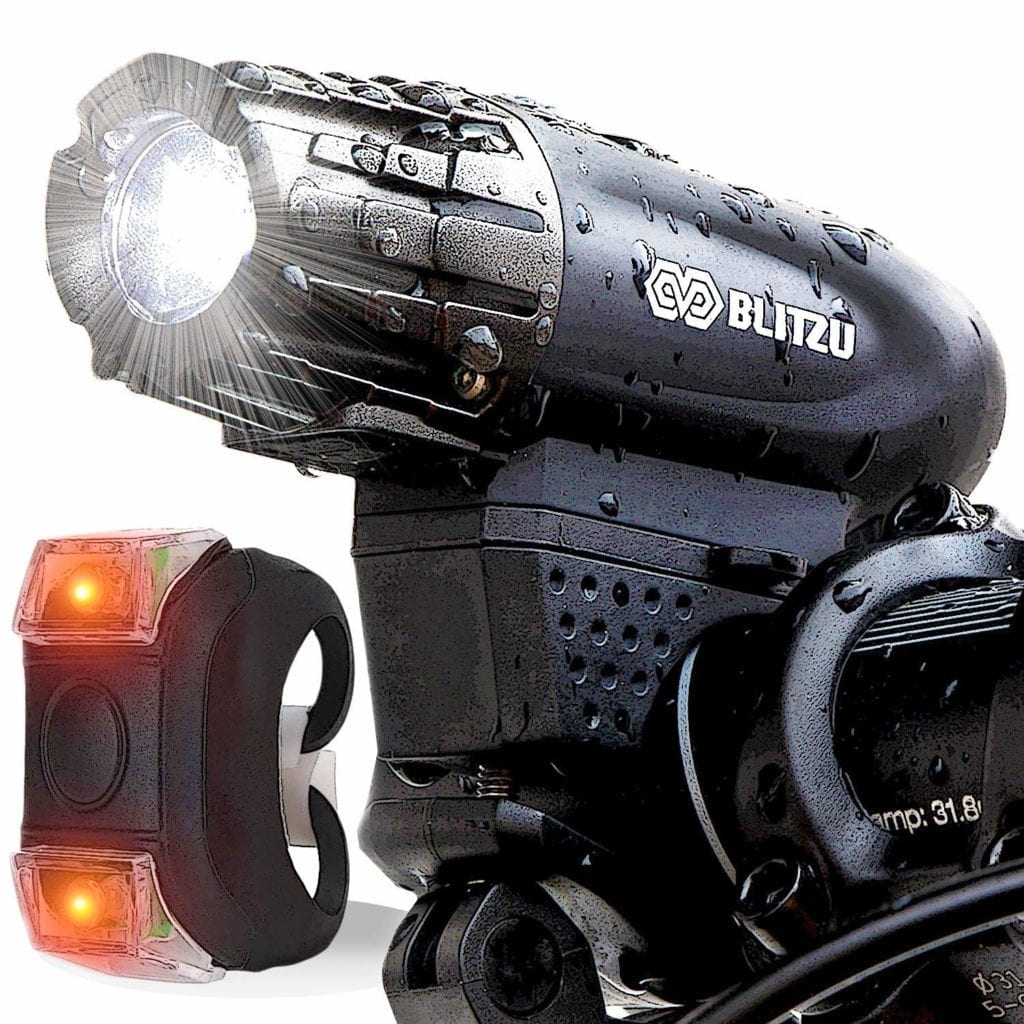
The Blutzu Gator 320 USB Rechargeable Bike Light Set is one of our top choices because of its $16.99 price, durability and brightness. This is Amazon’s top-selling bicycle light and comes with both a front headlight and a rear blinker. The Blitzu Gator 320 is https://amzn.to/2TILmBQbuilt with sturdy molded plastic and has 4 modes: high, medium, low and flashing. This headlight charges with a USB and takes about 2 hours to fully charge. Once charged, it has a lifespan of about 2 hours when on its highest setting. Be aware that the rear blinker is not charged using USB and instead uses cr2032 batteries. If you’re looking for a USB-charged front and rear light, check out the Blitzu Gator 390. It will cost you a few dollars more, but it’s well worth the investment if you’d like to have a chargeable rear blinker and 70 more lumens (for 390 total lumens).
5. Cycle Torch Night Owl USB Rechargeable Bike Light Set
Purchase at Amazon
Lumens: 200
Key features: 4 modes, lightweight, water-resistant, headlight/rear blinker both USB chargeable
The Cycle Torch Night Owl is a good choice if weight is a priority. It’s not as bright as the Gator 390, but it shares most other features. Some reviewers complain about the rubber mount not working, which requires an additional tie-down. Like many other headlights, it has 4 modes and is water-resistant.
6. TeamObsidian Bike Light Set
Purchase at Amazon
Lumens: 200
Key features: 7-9 hours of battery life on high mode, solid mounting, well designed for use beyond bicycle (size and quick release), 6 modes
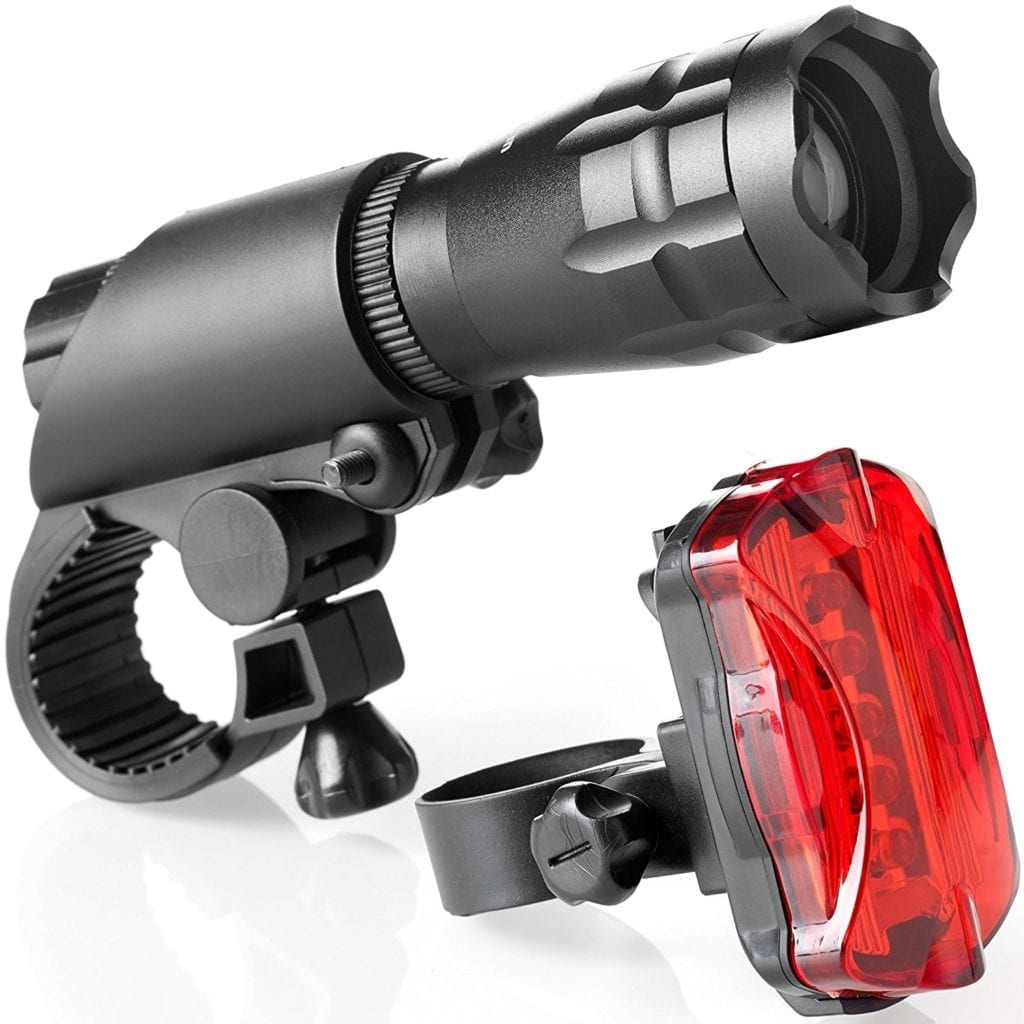
The Team Obsidian bike light comes as a kit. Along with the headlight, you’ll also get a rear blinker light. Both lights run on AAA batteries (3 in the front and 2 in the back). The headlight shell is aluminum, but keep in mind that this unit isn’t rated high in terms of IPX. Some have suggested it’s an IPX2 or 3 as opposed to our other top choices that are IPX5. Having said that, these do relatively well in wet conditions. While the mounting kit for both lights is meager, they do well once secured to the bike. The Obsidian really shines if you’re looking for a bicycle light that can also function as a flashlight—and is under $17. In some respects, it’s also nice to use AAA batteries since you’ll have a dependable light intensity for a longer period of time compared with USB-charged lights.
7. Portland Design Works Radbot 1000 Tail Light
Purchase at Amazon
Lumens: 1.0 Watt
Key features: 2 AAA batteries, 10-25 hours of use, accelerometer, 3 different mounting options, made in the USA
The Portland Design Works Radbot 1000 is really the gold standard for bicycle tail lights or rear blinkers. It’s weatherproof and has a super low-power mode (20 lumen), solid mode or a high-intensity 80-lumen flash mode. Plus, if it’s from Portland, it has to be cool. This light also has an accelerometer that detects when you brake or corner so that it can brighten to a 100-lumen solid-red beam, which helps alert rear traffic. After charging, you should get about 10-25 hours of use depending on which mode you use.
8. Cycle Torch USB Rechargeable Bike Tail Light
Purchase at Amazon
Lumens: 250
Key features: 5 modes, 2-3 hours of USB charge, low cost, mounting for bicycle or helmet
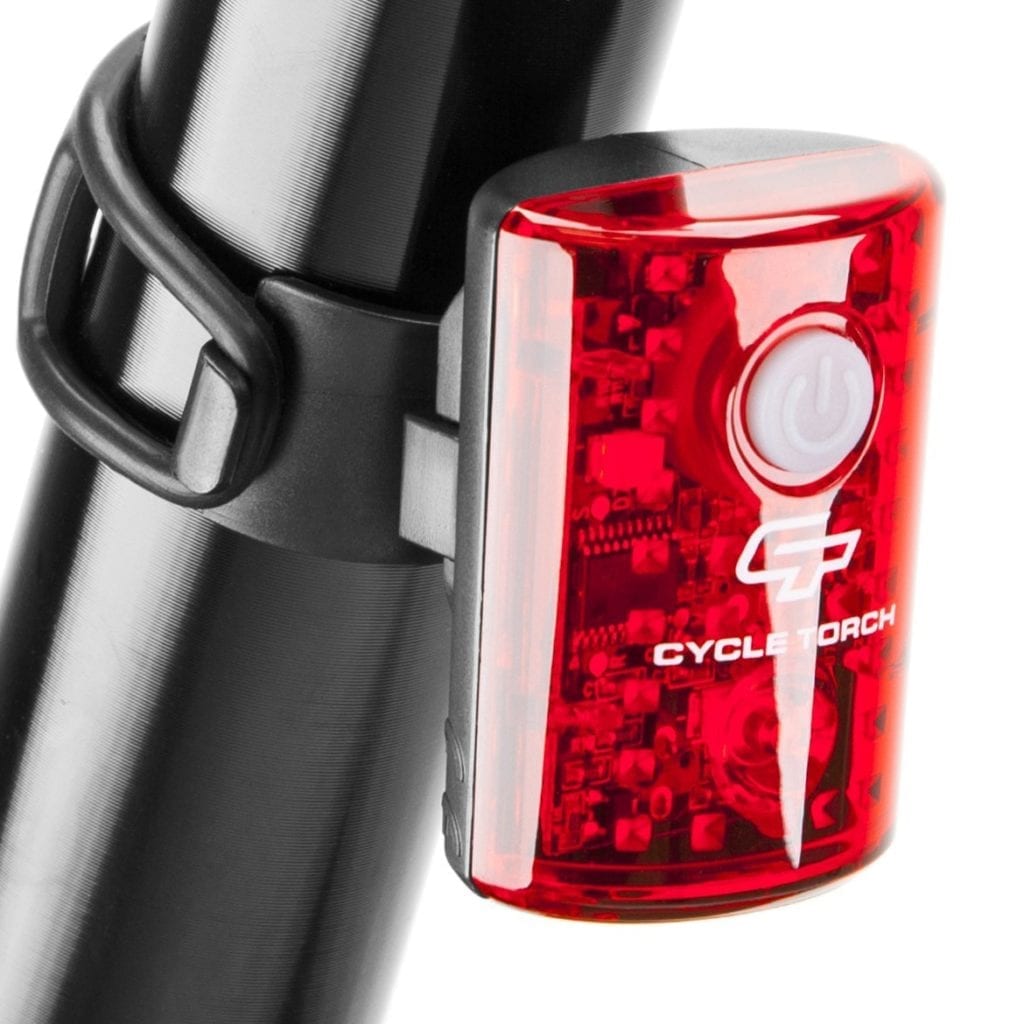 This is a solid low-cost option. Based on reviews, the charge appears to hold well for the first few months, but after that, expect your charge to last about 2 hours. These are not bright enough for daytime usage, so keep this option in mind for a nighttime light; especially if you’re looking for a versatile, low-cost option that can be removed from your bike with little effort.
This is a solid low-cost option. Based on reviews, the charge appears to hold well for the first few months, but after that, expect your charge to last about 2 hours. These are not bright enough for daytime usage, so keep this option in mind for a nighttime light; especially if you’re looking for a versatile, low-cost option that can be removed from your bike with little effort.
9. Lezyne Zecto Drive Rear 80
Purchase at Amazon
Lumens: 80
Key Features: 2-in-1 Clip-On System straps, 8 modes, rubber mount for seat posts
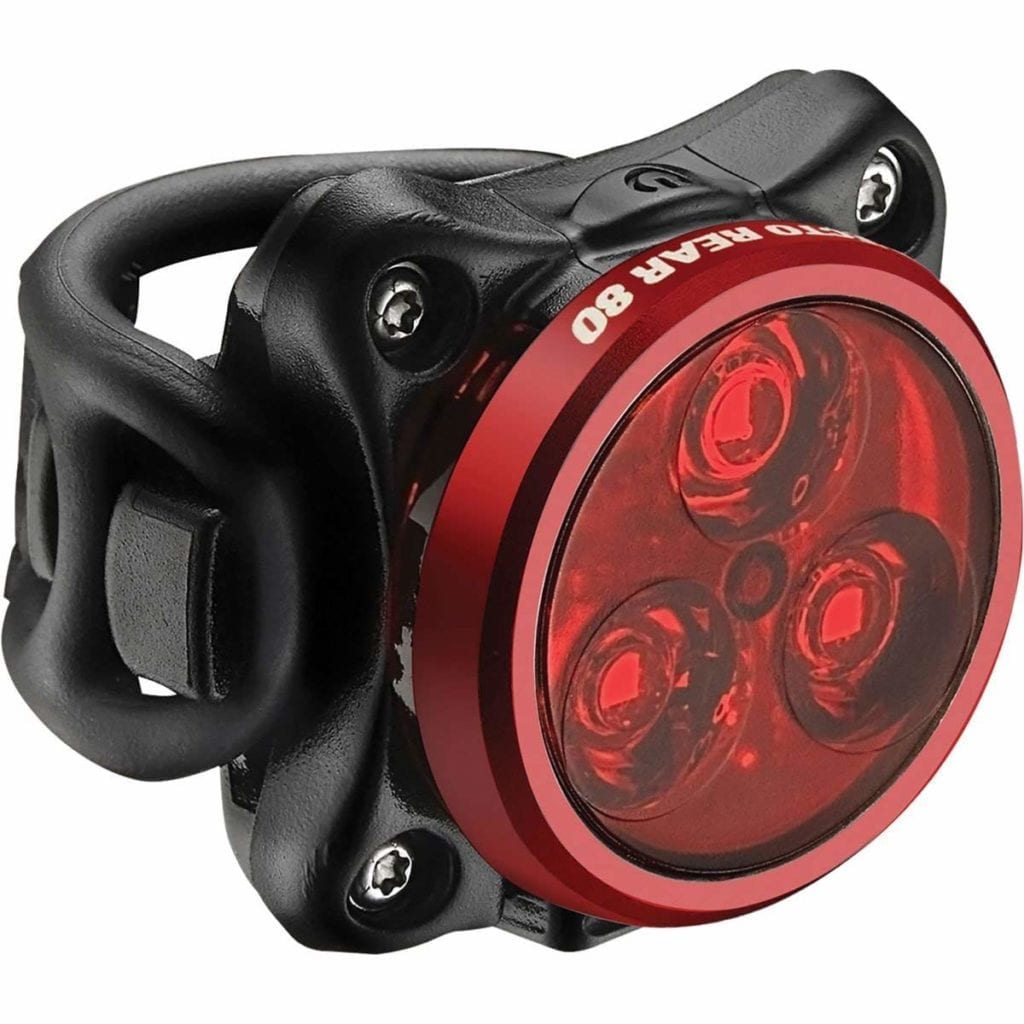
If you want the brightest taillight on the market, look no further: The Lezyn Zecto Drive Rear 80 features eight modes, including a super-bright 250-lumen daytime-flash setting with an impressive nine-hour run time. The compact housing and tools-free attachment keeps it secure and out of the way on your seat post. While some people complain that the rubber mounting doesn’t fit their frame, most reviewers were satisfied with the mounting for this light.
10. Blackburn Local 75 Front Light and Rear 15 Light
Purchase at Amazon
Lumens: 75
Key features: 3 beam modes, 25-40 hours of use with AA batteries,
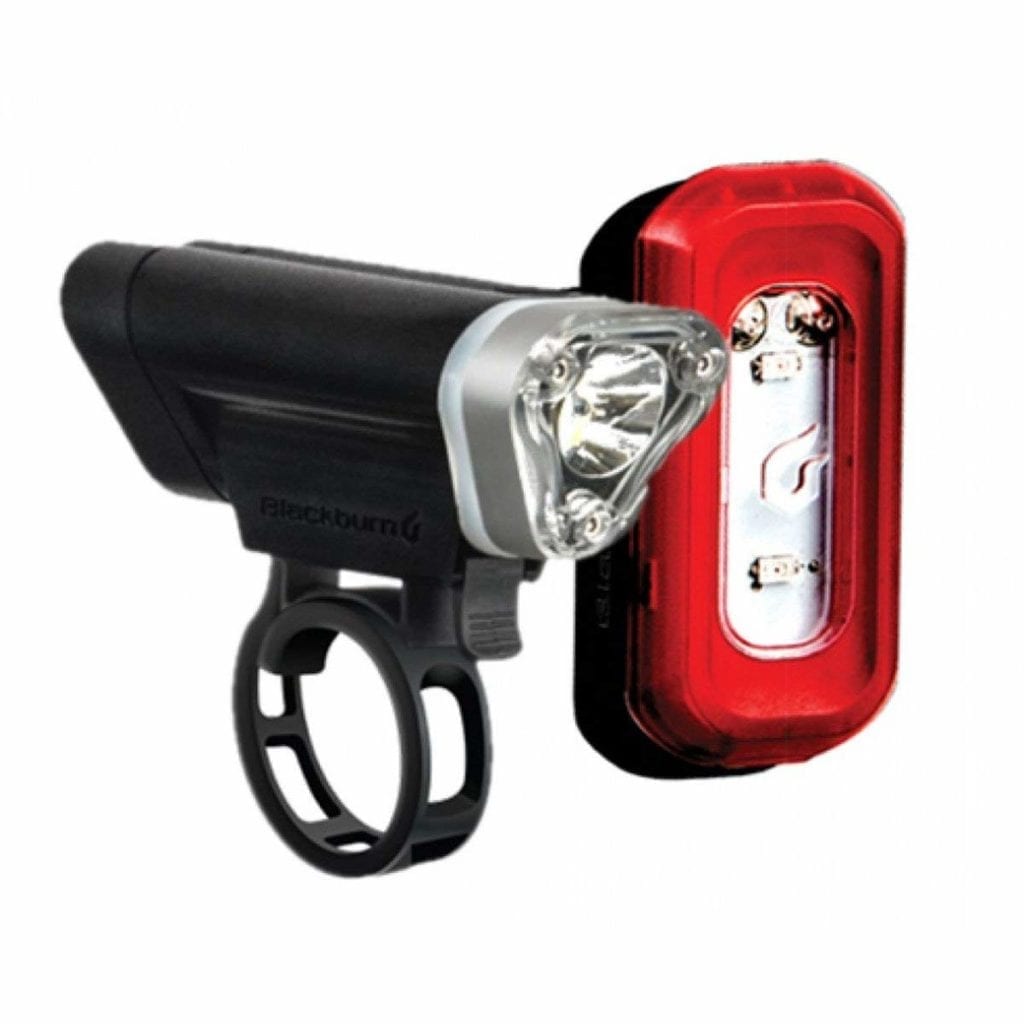
This is another versatile kit from a reputable manufacturer. The front Local 75 headlight has 2 LED lamps and puts out up to 75 lumens of light; hence its name. The Local 15 rear has one solid and two flash settings and puts out up to 15 lumens. Both lights run on AA batteries.
11. CATEYE 1600 – Rechargeable Headlight
Purchase at Amazon
Lumens: 1600
Key features: strong light, industrial casing, excellent mounting system and durable

The full-featured Volt 1600 is more expensive, but it should last a while and will provide excellent brightness. I used a Cat-Eye for many years and found it to be versatile with more than enough power. The beam pattern is broad while providing sufficient light past 300 to 400 feet.
Be Cautious
If you’re biking at night within wet conditions, cover your bike and body with lights, reflectors, rope lights and whatever else will increase the visibility of you and your bike. Don’t forget that rain and wet roads will greatly diminish a driver’s visibility. If you live in an area with a high number of older or younger drivers, keep in mind that this increases the risk of cycling in general, but especially cycling at night when older drivers will have a hard time seeing you and younger drivers are simply not paying attention or are driving carelessly. While a recent study found that older drivers cause accidents 16% more frequently than average age drivers, younger drivers were found to cause accidents 188% more frequently. However, the same study didn’t account for wet, nighttime conditions.
Bike Light Kit
We recommend that you assemble a collection of lights, reflectors and accessories to enhance your nighttime visibility while bicycling. Think about how best to illuminate your body, backpacks, panniers and anything else that would otherwise be invisible without a light. We suggest two front lights, two rear lights, ankle reflectors and a reflective vest. Wrap your bike frame or rims with reflective tape or neon lights.
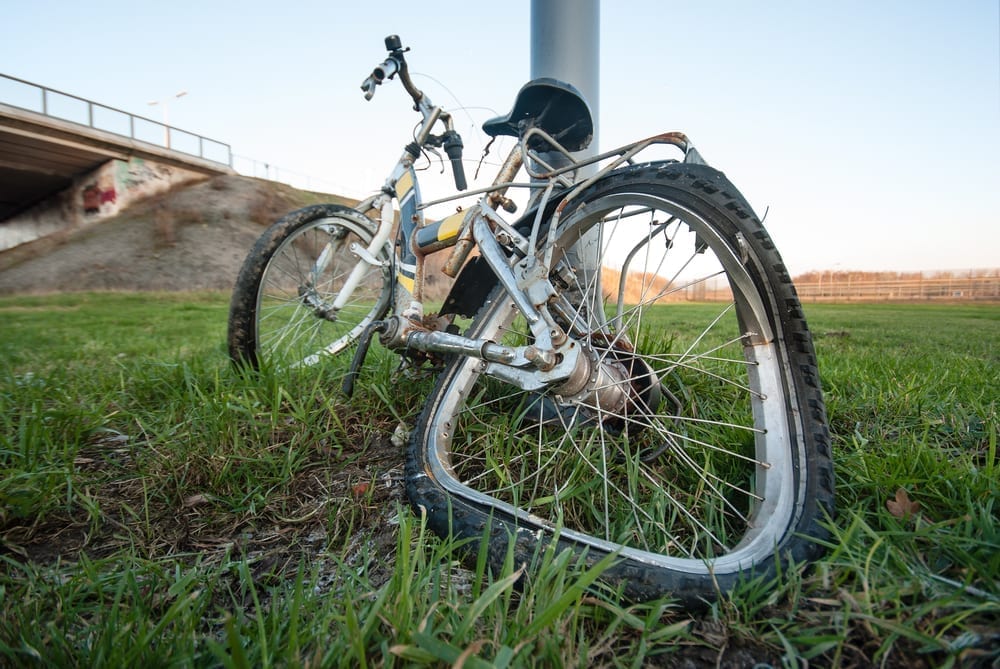
Our Recommended Bike Light Kit
- Bicycle helmet light
Maketheone Bicycle Light or the Topside Bike Helmet Light - Bicycle headlight
Gator 390 headlight - 2 Rear Lights
Radbot 1000 on flash mode and
a steady red rear light - Miscellaneous
Ankle reflectors
LED reflective vest
LED bicycle wheel lights
Helpful Tips
If you’re a commuter traveling a short distance in a well-lit area, our bicycle kit might be a good fit–less a few items such as the rim lights. If you ride regularly after dark and live in an urban area, we strongly advise that you invest in the best lights and reflective equipment you can afford. One rule to keep in mind is that even when bicycling during the day, you should use a light; especially a tail light. And, the brighter the ambient light, the brighter the light you’ll need for visibility. In other words, a light that puts out 30 lumens of light won’t seem nearly as bright during the day as it would at night
How to Power Your Lights
Lithium batteries are common in bike lights today. But they are often more expensive and it’s hard to compare them to double or triple A batteries if the frequency of charging is an issue for you. What is sure is that conventional batteries last longer and often provide a strong lumen count.
Where You’ll Mount Your Lights
We’ve mounted lights to almost every part of our bicycles. While most headlights mount to the handlebar, some models can also be helmet-mounted.
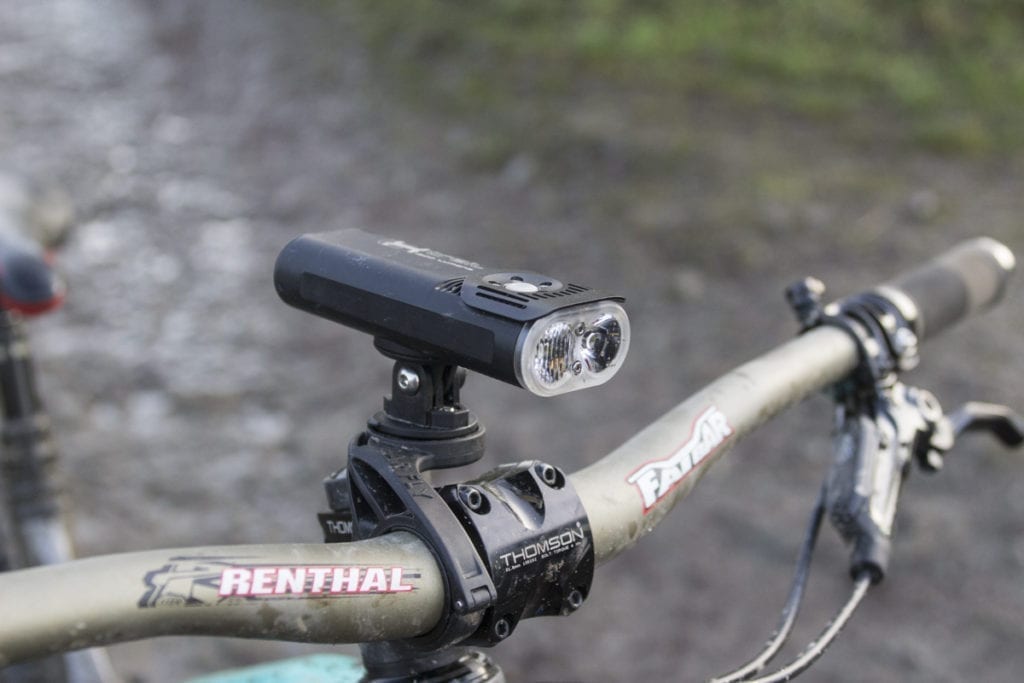
In the past, I’ve always used a 500+ lumens headlight for my helmet. As long as the headlight has a mounting system that can be used with a helmet, you’ll be able to extend the range of your vision and ensure your body is more visible to drivers from a lateral perspective since a headlight secured to a helmet will rotate or pivot as your neck pivots. It’s a no-nonsense way to boost your vision and your visibility.
Bicycle Light Definitions
Headlights
Bike headlights help you see what’s in front of you. And, when you’re on the road, they help others see you; especially when you’re driving the opposite direction. A good headlight is more intense than your tail light and emits light using a narrower beam pattern. Because of this, headlights burn through batteries (or charge) pretty quickly compared to a tail light. Headlights are usually mounted to handlebars, but in many cases cyclists mount their primary or secondary headlight to their helmet as well. Higher quality headlights offer multiple settings to allow for dimming, flashing or different beam patterns.
General safety lights
Safety lights are mounted just about anywhere you can fit it on your bicycle. In most cases, they are mounted on the back of a bike or to spokes or frames. We highly recommend neon rope lights as part of your bike light kit. Remember, the goal is that you can never be too bright or obnoxious when you’re bicycling in dark, wet conditions.
Tail lights
Your taillight is an essential part of your bike light kit. Even though some states don’t require them, you should never bike at night without at least one headlight and one tail light. Most are red and have two or more settings such as blink, fast blink, steady state, etc.
Frame lights
While frame lights aren’t essential, they are highly recommended since they help motorists see your bicycle from the side. As mentioned above, we highly recommend neon rope lights that can be wrapped around your bike frame.
Spoke lights
Spoke lights are becoming more popular every year. We’re huge believers in spoke lights since we used them for several years and in several cases, it felt like the side-to-side visibility they provided helped drivers.
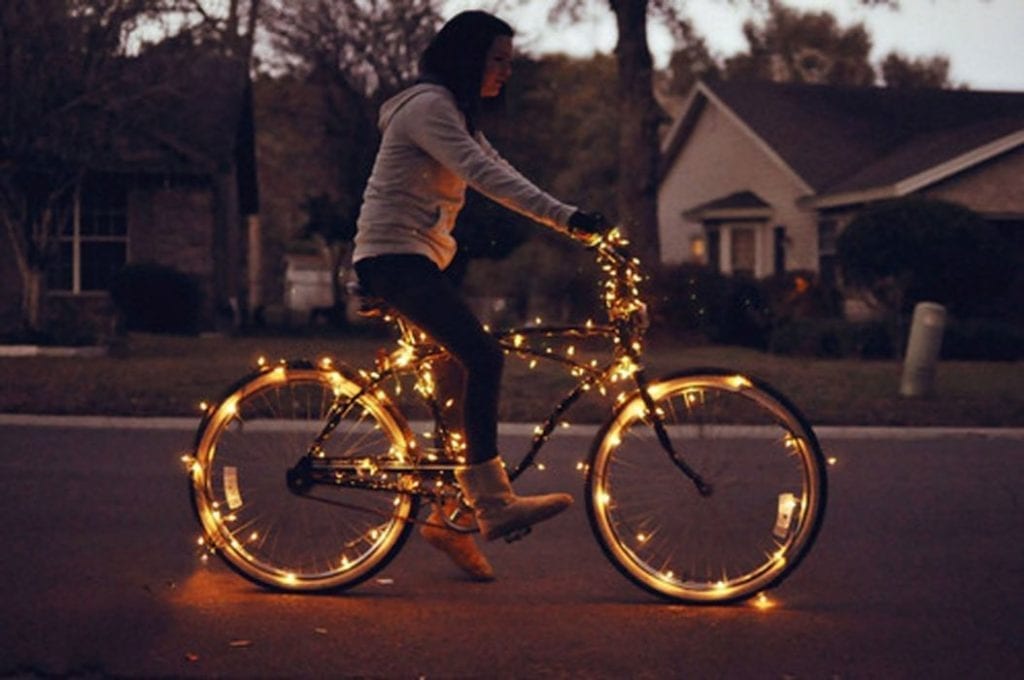
Helmet lights
Bike helmet lights can be clipped, strapped or screwed to a helmet. If you’re lucky (or you plan ahead) your headlight or blinker will come with a strap that fits right over your helmet holes and allows you to cinch the strap to the top of the helmet. We absolutely love helmet lights as a supplement to your headlight since a helmet light follows your neck wherever you turn and provides additional visibility. This also provides additional visibility for motorists who are more likely to see you when you have a headlight and a helmet light.
Lumens and beam patterns
It’s hard to discuss bike lights without defining lumens and beam patterns, as these two concepts are very important when choosing the best bike light for your needs.
Lumens
A lumen is basically a unit of measurement for the amount of light that strikes the object you want illuminated. The higher the number of lumens, the brighter the light. This is especially important when choosing a bike headlight – or if you often travel off-road paths.
You can use the following statements about lumens as a general guideline.
- Safety lights are typically in the 25- to 100-lumen range. That’s just enough to make your bike visible to motorists, but it’s not enough to light your way, so only consider a light in this range if it’s going on your bike’s rear, frame, or spokes for safety purposes.
- If you typically ride on well-lit paths or roads and just need a little extra light, you’ll probably find a headlight in the 100- to 300-lumen range to be sufficient. Going much beyond that while riding in mixed traffic could blind oncoming motorists, greatly increasing your chance of an accident.
- Mountain bikers, off-road enthusiasts, and those who ride at night or on poorly lit roads needs much more intense headlights. Generally, you’ll want at least 400 lumens, although many headlights specifically marketed for mountain bikers are much brighter than that. (Some go well beyond 1,000 lumens.) For the sake of comparison, consider that the typical car headlights emit roughly 700 lumens on low beam and 1,200 lumens on high.
Beam pattern
Beam pattern refers to how widely a bulb casts its light. A spotlight, for example, focuses in a narrow but long beam pattern, while a flood light spreads illumination over a wider, yet shorter, path. Your best choice of beam pattern depends, to a great extent, on where and how you ride. For some cyclists, owning two light sets with different beam patterns can be beneficial.
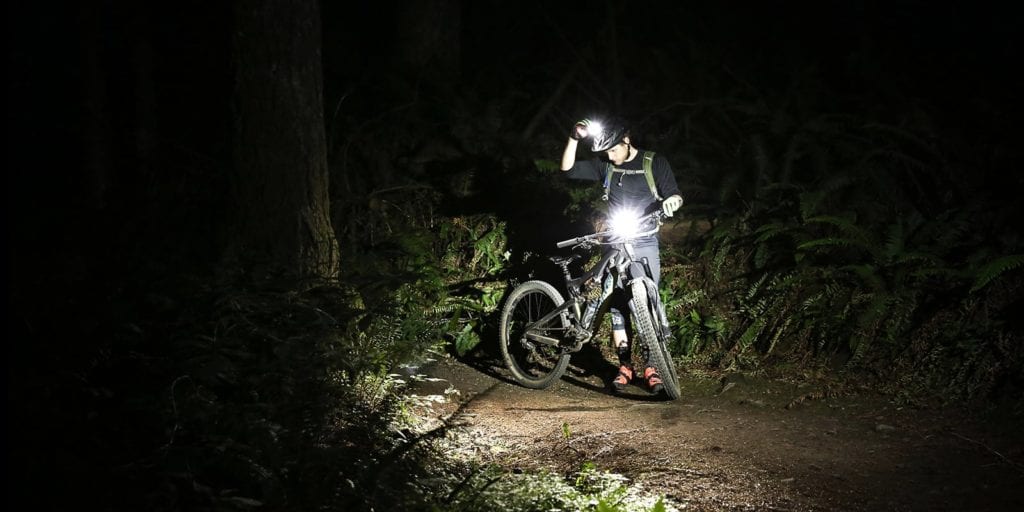 The average commuter cyclist who rides on surface streets or fairly smooth paths does best with a headlight that has a fairly tight beam pattern. This means there is less peripheral illumination, but the light shines further ahead. Mountain bikers and others who ride in rugged conditions fare better with a light that has a wider beam pattern, making it easier to spot potholes and other trail hazards.
The average commuter cyclist who rides on surface streets or fairly smooth paths does best with a headlight that has a fairly tight beam pattern. This means there is less peripheral illumination, but the light shines further ahead. Mountain bikers and others who ride in rugged conditions fare better with a light that has a wider beam pattern, making it easier to spot potholes and other trail hazards.
Why Lumens Matter
Unfortunately, a light’s lumen score also doesn’t tell you whether different parts of the beam appear brighter than others, or how severely the light’s beam is pointing downward. A good bicycle headlight directs the full power of your beam toward the ground and concentrates the beam’s strength toward the top of the light (which hits the ground farthest from you). The problem occurs if the road nearest to you gets more light, then objects in the distance will be less visible based on the contrast created by the brighter area directly in front of you. In short, lumens matter, but only so far as they point to the right place using a relatively tight beam pattern.
Some Other Resources
Check out our best water bottles for cyclists post if you’re looking for some tips to keep your water cold.
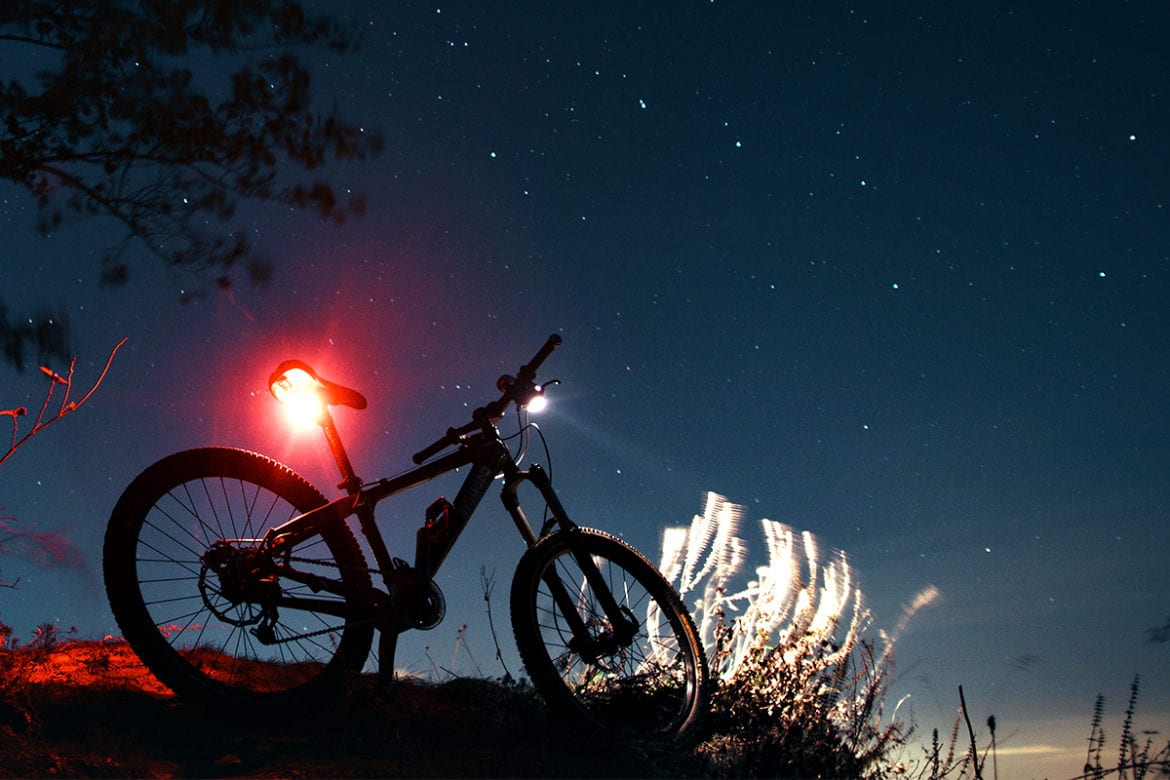
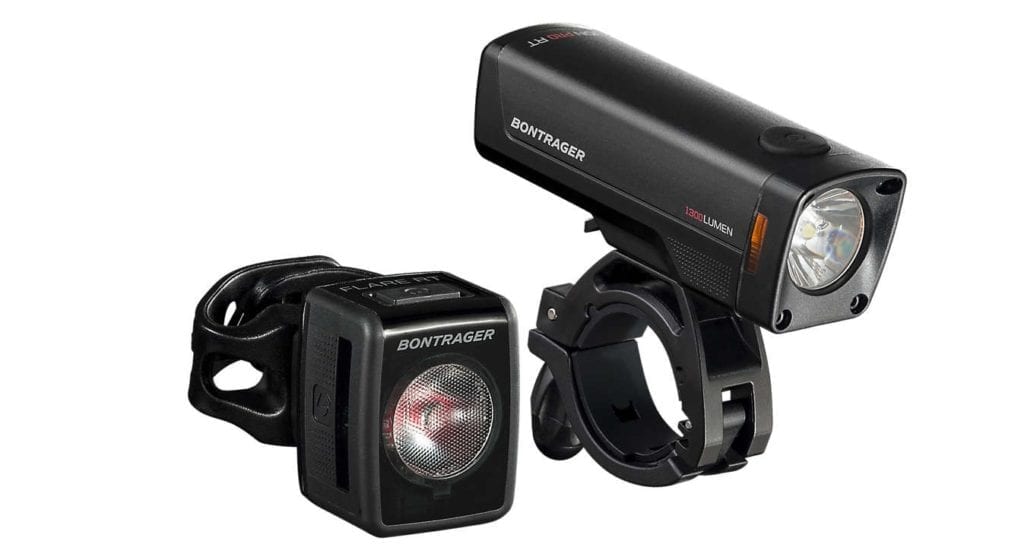
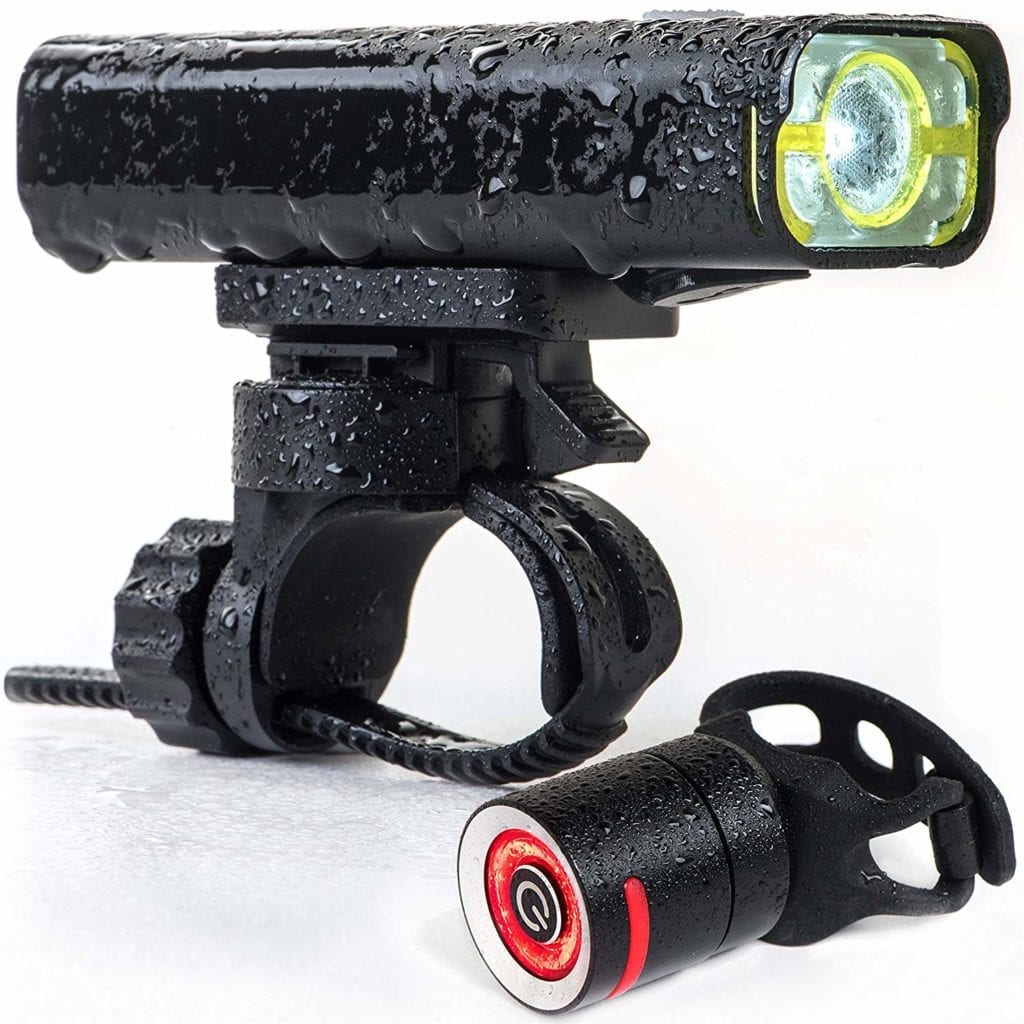
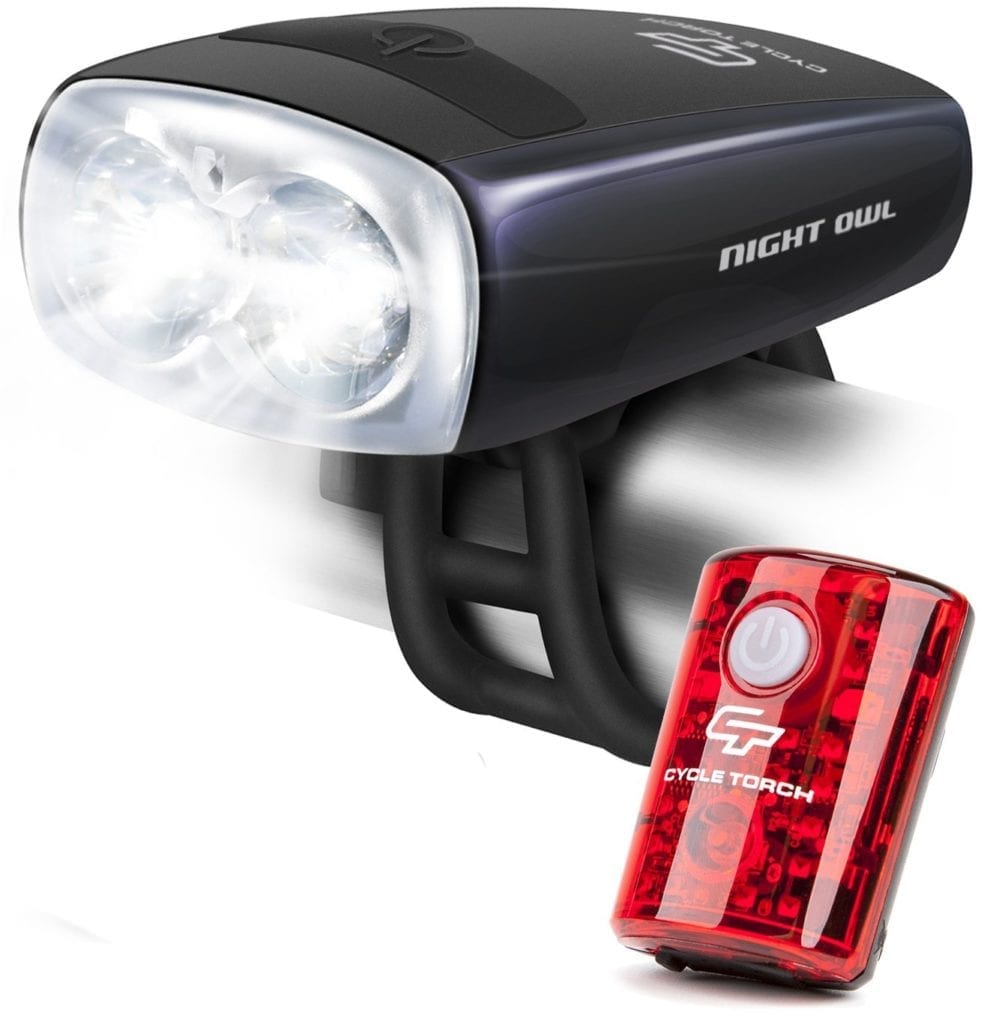
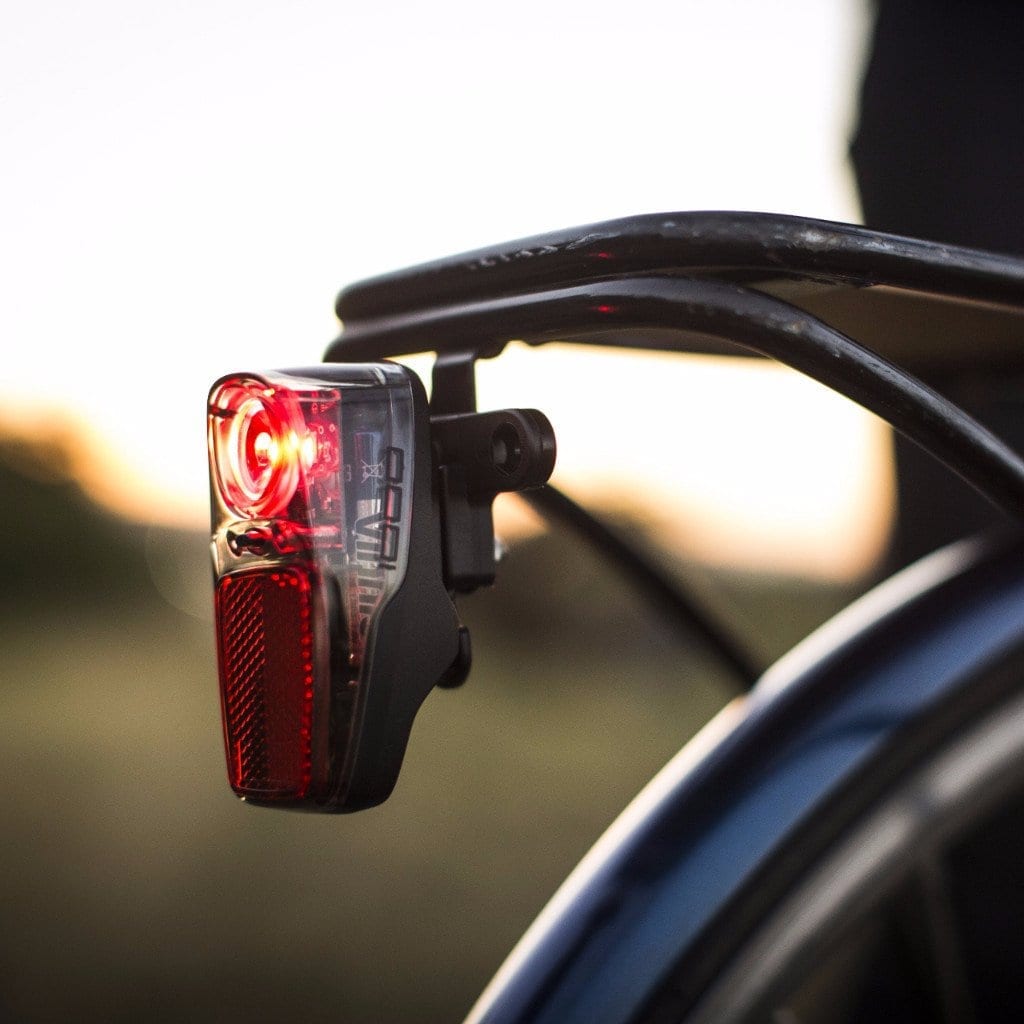
1 comment
[…] Accessories: helmet, gloves, bike socks, shorts, bike lights, jersey, wind jacket, and water […]